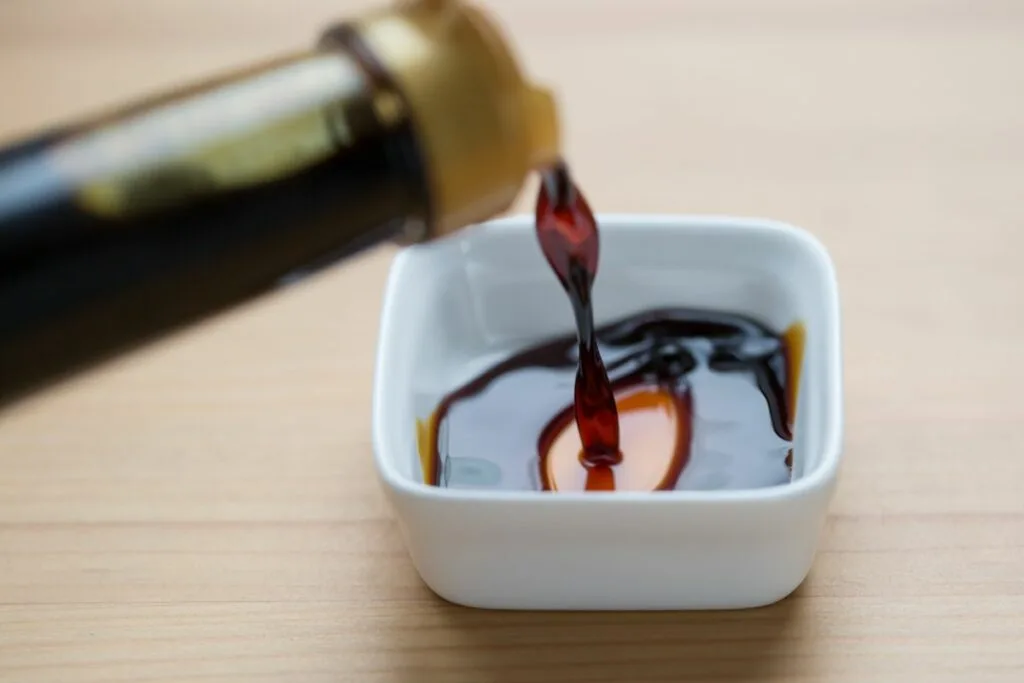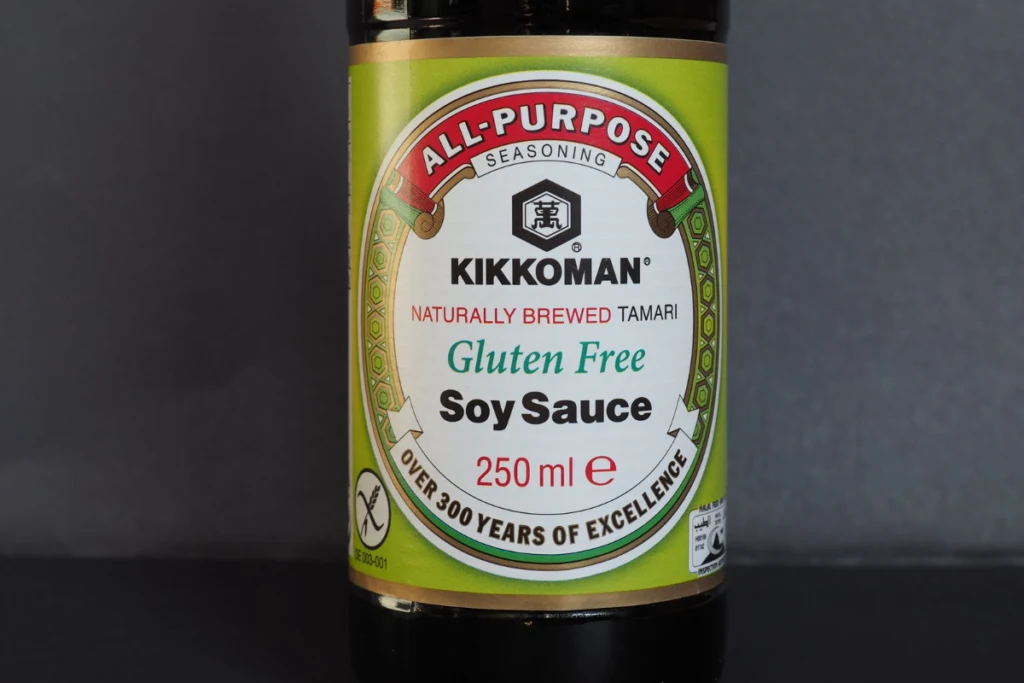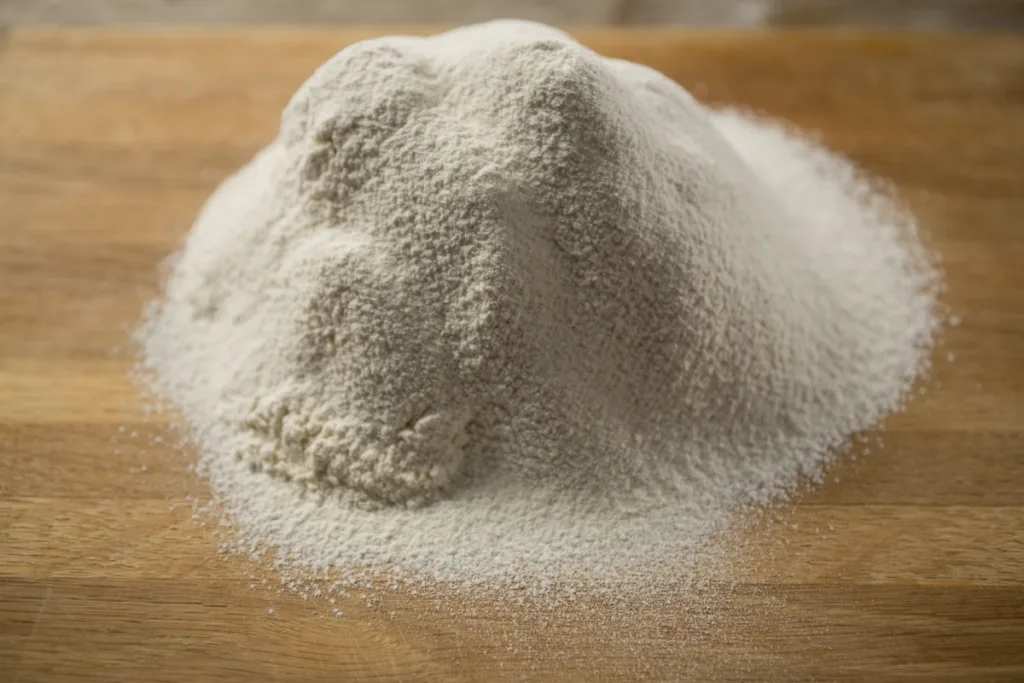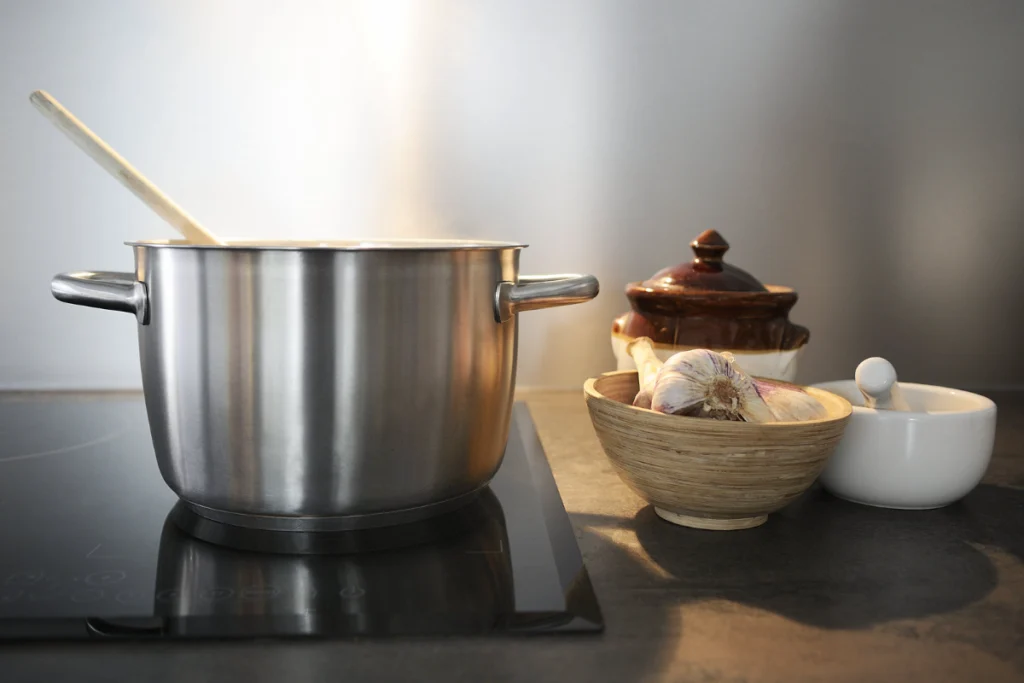So, being an Asian cuisine lover, you’ve probably found yourself in a pickle where your light soy or dark soy sauce is just way too runny for human consumption. Having that innate ability to thicken sauce will always be a key skill you’ll use throughout your culinary life. A few ways you can thicken soy sauce is to use flour or cornstarch, reduction, and brown sugar. But there’s much more. I’ve got several ways how to thicken soy sauce that’ll help you out.

Jump To
What Consistency Should Soy Sauce Be?
The consistency of soy sauce can vary depending on the type and brand. But if you wanna ensure the best results in your cooking, then it should have a smooth and runny consistency, similar to maple syrup or honey.
It shouldn’t be too thick or too thin, allowing it to pour smoothly and evenly when used. A soy sauce that’s too thick may be difficult to pour and distribute evenly, while soy sauce that’s too thin may lack flavor or be too watery.
Why Is Commercial Soy Sauce Always Thin?
Commercial soy sauce is typically made thin because it’s produced using a different method than traditional soy sauce. Traditional soy sauce is made by fermenting soybeans and wheat with koji and saltwater for several months or years, resulting in a thick and flavorful sauce.
However, commercial soy sauce is made using a quicker and more efficient process that involves hydrolyzed soy protein with hydrochloric acid and adding flavorings and preservatives. This method produces a thinner and less complex sauce that’s cheaper and easier to mass-produce.
Although commercial soy sauce may not have the same depth of flavor as traditional soy sauce, it still remains a widely used condiment and seasoning in kitchens that can be adapted for use in whatever situation.

Ways to Thicken Soy Sauce
Use Cornstarch
Cornstarch is an excellent option with several advantages backing its use. With it being a tasteless and odorless thickener, it’s just perfect for adding that thickness you want without affecting the flavor or aroma of the soy sauce. It’s even gluten-free and vegan-friendly, an ideal choice for those with dietary restrictions.
Start by creating a slurry by mixing one tablespoon of cornstarch with one tablespoon of water. Heat the soy sauce in a saucepan over medium heat, and then slowly pour in the slurry while whisking continuously. Keep whisking until the soy sauce reaches the thickness you want. If it becomes too thick, you can add a splash of water to thin it out.
Add Flour
This is a very common technique used in many Asian households and kitchens. When flour is mixed with soy sauce, it absorbs the liquid and transforms into a paste-like consistency, creating a thicker sauce.
You’ll wanna start by creating another slurry (this is a combination of flour and water). To create this slurry, take a small bowl and mix an equal amount of flour and water. Whisk the mixture until it becomes smooth and free of any lumps.
Heat up the soy sauce in a small saucepan, then gradually whisk in the slurry until the sauce thickens to your liking. You should also add the slurry in slowly to avoid clumps and adjust the amount as you see fit.

Using Brown Sugar
Brown sugar serves as a popular thickening agent for soy sauce, imparting a delightfully sweet and caramelized taste that enhances the sauce’s texture. The molasses content in brown sugar contributes to its thickening properties, creating a dense and viscous liquid that. When combined with soy sauce, it triggers a chemical reaction resulting in a thicker consistency.
To employ this method, heat your runny sauce in a small saucepan over medium heat and gradually add a small amount of brown sugar. Stir the brown sugar into the soy sauce until fully dissolved, continuing to stir until reaching the desired thickness; typically, a good guideline is one tablespoon of brown sugar per cup of soy sauce.
Reduce the Sauce
Reducing the sauce is another superb method that can be used to easily thicken soy sauce. This technique involves simmering the sauce over low heat until some of the liquid evaporates, resulting in a more concentrated and thicker sauce.
You can start reducing the sauce by transferring it to a small saucepan and bringing it to a simmer over low heat. Stir the sauce occasionally to prevent it from burning or sticking to the pan. As the sauce simmers, the liquid will gradually evaporate, causing the sauce to thicken. Keep on simmering the sauce until you have the texture and thickness you want.

Making a Roux with Flour
Another popular method for thickening soy sauce is to create a roux using flour. A roux is a blend of flour and fat that’s commonly used to thicken various dishes.
Making a roux for soy sauce begins by melting butter in a small saucepan over medium heat. Add an equal amount of flour to the pan and stir the mixture until it forms a smooth paste. Keep stirring the roux for a few minutes until it turns a light golden brown color.
Gradually add soy sauce to the roux, stirring constantly to prevent lumps from forming. The roux will thicken as the soy sauce is added, creating a smooth sauce with a rich and creamy texture, but be careful not to add too much as it can over-thicken the sauce.
Adding Arrowroot Powder
Arrowroot powder is an amazing gluten-free starch with even better thickening abilities. It’s a great alternative to cornstarch and flour, with it being a commonly used thickener agent in cooking. Using it for a runny soy sauce involves mixing a small amount of the powder with cold water until it forms a smooth paste.
Add the paste to the soy sauce and stir until it is well combined. Heat the mixture over medium heat, stirring constantly until it simmers. As the sauce simmers, it will thicken and become glossy. However, always use it in moderation, as too much arrowroot powder can cause the sauce to become slimy.
FAQs
What is the thicker version of soy sauce?
The thicker version of soy sauce is called “dark soy sauce.” It’s thicker and is made by adding molasses or caramel to the soy sauce, which gives it its darker color and thicker consistency. It also has a more intense flavor than regular soy sauce.
How not to over thicken soy sauce?
To avoid this, adding the thickening agent slowly and in small amounts is important. This allows you to control the thickness of the sauce and avoid over-thickening it. You should also keep stirring the sauce as you add the thickening agent to avoid lumps and ensure an even consistency.
How do you make a thicker soy sauce for chicken dishes?
To make a thicker soy sauce for chicken dishes, you can use a thickening agent such as cornstarch or flour. Another option is to reduce the soy sauce down to a thicker consistency by simmering it over low heat until it reaches the desired thickness.
